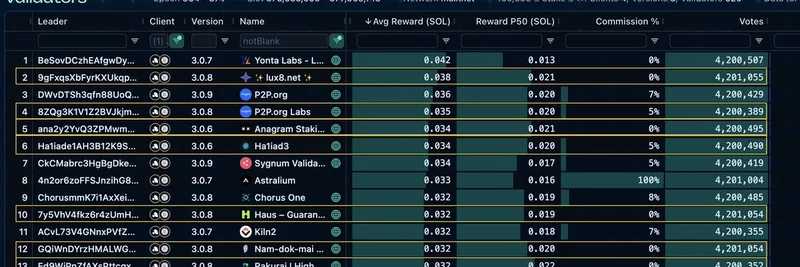In the ever-volatile world of crypto, big moves by whales often hint at what's coming next. A recent tweet from @CryptoJistHQ highlighted a fascinating case of ETH accumulation that's got the community buzzing. Let's dive into what happened and why it could spell good news for meme token enthusiasts on the Ethereum network.
Breaking Down the Whale Activity
According to on-chain data shared in the tweet and detailed in the linked CryptoJist article, a group known as the "7 Siblings" has been aggressively stacking ETH amid a recent price dip. They shelled out a whopping $72.49 million in USDC to snag 19,918 ETH. That's no small change – it's like buying a fleet of luxury yachts, but in crypto terms.
To put it simply, USDC is a stablecoin pegged to the US dollar, often used for trading without the wild swings of other cryptos. These siblings borrowed $40 million USDC through Aave V3 (a decentralized lending platform) and swapped it for 10,861 ETH at around $3,683 each. They followed up with another $32.49 million USDC to grab 9,057 more ETH, averaging $3,638 per coin overall.
This isn't their first rodeo. Back in mid-October, they borrowed $20 million USDC and used half to buy 2,664 ETH at about $3,754 each. And if we go further back to March 2025, they invested around $36.68 million for 17,855 ETH when prices were hovering near $2,054. It's a clear pattern: borrow stablecoins, buy the dip, and build positions over time.
The wallets involved? Look for addresses like 0x741aa7…1f3 and 0x28a55c…6b0 if you're into on-chain sleuthing. Tools like Nansen and Onchain Lens are tracking these moves, giving us real-time insights into "smart money" behavior.
Market Context: ETH Dips Below $3,500
This accumulation happened as ETH dipped below $3,500, trading at about $3,497.45 at the time of writing. In crypto, dips like this often shake out weaker hands (retail investors selling in panic), while whales – big players with deep pockets – see it as a discount shopping spree.
What's interesting is the broader Ethereum ecosystem. Stablecoin volumes on ETH have hit record highs, pointing to more liquidity and institutional interest. This could mean ETH is gearing up for a rebound, especially if selling pressure eases.
What Does This Mean for Meme Tokens?
Now, you're probably wondering: "I'm here for meme tokens – how does this affect my favorite dog-themed coins or viral cats on Ethereum?" Great question. Meme tokens live and breathe on the Ethereum blockchain, where most of them are built as ERC-20 tokens. When ETH prices stabilize or climb, it often boosts the entire ecosystem.
Whale accumulation like this can create a stronger price floor for ETH, making it more attractive for developers and traders. Higher ETH prices mean lower relative gas fees (transaction costs) in bull markets, encouraging more meme token launches, trading, and community hype. Plus, if these siblings are betting big on ETH, it might signal confidence in upcoming upgrades or market cycles that could supercharge meme token volatility – in a good way for those chasing gains.
Think about it: during ETH bull runs, meme tokens often explode in value because of increased liquidity and FOMO (fear of missing out). Moves like this could be an early indicator that the dip is temporary, paving the way for the next wave of meme mania.
Risks and Considerations
Of course, crypto isn't all sunshine and lambos. Borrowing to buy (leveraged accumulation) comes with risks – if ETH drops further, these positions could face liquidation on platforms like Aave. But so far, it's working for them, and it underscores how sophisticated players use DeFi (decentralized finance) tools to amplify their strategies.
For meme token holders, keep an eye on ETH's $3,600–$3,700 range. If whales keep buying there, it might become a key support level, helping stabilize the market for your portfolios.
In summary, this "7 Siblings" saga is a prime example of how on-chain data reveals the moves of crypto's big fish. Whether you're a meme token maximalist or just dipping your toes in blockchain, stories like this remind us why staying informed pays off. Follow sources like CryptoJist for more alpha, and always DYOR (do your own research) before jumping in.



